As you wander through the halls of galleries and museums, the soft glow of illuminated artwork catches your eye. From ancient manuscripts to contemporary installations, illumination art has continued to captivate audiences for centuries. This article takes you on a journey through time, exploring the evolution of illumination art over the centuries and the ways in which artists have harnessed the power of light to create mesmerizing and transformative experiences. Get ready to be enthralled by the rich history and innovative techniques that have shaped this unique form of artistic expression.
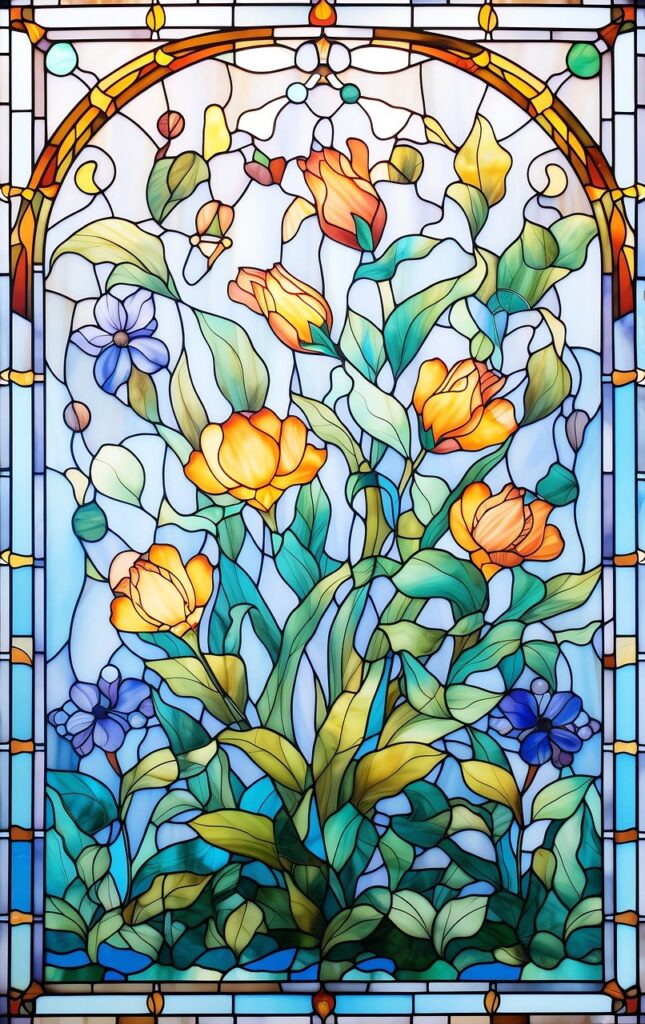
The Origins of Illumination Art
Ancient Manuscripts and Initial Letter Designs
Illumination art, also known as manuscript illumination, has a rich and storied history dating back to ancient times. The earliest forms of illumination can be traced back to the ancient Egyptians, who decorated their papyrus scrolls with intricate designs and hieroglyphics. These early manuscripts laid the foundation for the development of illumination art as we know it today.
One of the defining characteristics of illumination art is the use of elaborate initial letters. These large, ornate letters served as a visual representation of the beginning of a new section or chapter in a manuscript. Initially, these letters were decorated with simple geometric patterns or floral motifs, but over time, they became increasingly intricate and elaborate.
Early Christian Illuminated Manuscripts
With the spread of Christianity, illuminated manuscripts became an integral part of religious worship. In the early Christian era, illuminated manuscripts were created by monks in monastic scriptoriums. These manuscripts were often religious texts, such as the Bible or Psalms, and were adorned with elaborate illustrations and decorative initials.
The intricate artwork found in these early Christian manuscripts was not only meant to beautify the text but also served a spiritual purpose. The illustrations and decorations were believed to enhance the spiritual experience of reading the scriptures, bringing the words to life and making them more accessible to the faithful.
Islamic Illuminated Manuscripts
While the Western world was developing its own tradition of illumination art, Islamic cultures were also producing stunning illuminated manuscripts. Islamic illumination art is characterized by its intricate geometric patterns and delicate calligraphy.
The beauty of Islamic illuminated manuscripts lies in the harmonious marriage of text and decoration. The calligraphic script, often verses from the Quran, is meticulously written and adorned with intricately designed borders and geometric motifs. The use of gold and richly colored pigments adds depth and vibrance to these manuscripts, making them true works of art.
The Medieval Period
The Influence of Monasteries
During the medieval period, monasteries played a pivotal role in the development of illumination art. Monks dedicated their lives to studying and transcribing religious texts, and illumination became an important aspect of their work. Monasteries became centers of artistic production, with monks honing their skills in calligraphy, illustration, and bookbinding.
Monasteries had access to the resources and materials necessary for producing illuminated manuscripts, such as vellum (calfskin parchment), pigments, and gold leaf. Monks painstakingly created these manuscripts, often working on them for years, resulting in beautifully adorned texts that were treasured by both religious and secular communities.
The Rise of Gothic Illumination
In the Gothic period, illumination art underwent significant changes. Gothic architecture, with its soaring arches and intricate details, influenced the design of illuminated manuscripts. The use of pointed arches, ribbed vaults, and flying buttresses in Gothic architecture found its way into the pages of illuminated manuscripts, with the decorations becoming more elaborate and embracing the verticality of the style.
The script used in Gothic illuminated manuscripts also evolved, with the introduction of a new script known as Gothic script or Textura. This script, with its dense, angular letters, allowed for a greater level of detail and decoration in the initials and illustrations.
The Book of Kells
One of the most famous examples of medieval illumination art is the Book of Kells. Created in the ninth century by Celtic monks, the Book of Kells is a masterpiece of intricate design and craftsmanship.
The pages of the Book of Kells are filled with vibrant, colorful illustrations and decorative borders. The intricate interlacing patterns, intricate knotwork, and animal motifs found in the book are distinctively Celtic in style. The use of bold, vibrant colors, such as blues, reds, and greens, gives the illustrations a striking and captivating quality.
The Development of Illuminated Initials
Throughout the medieval period, illuminated initials continued to evolve and become more elaborate. Initials became larger, more ornate, and often depicted scenes from the text they introduced. These elaborate initials acted as a visual guide, helping the reader navigate through the text and providing a glimpse into the story that lay ahead.
The Renaissance and Baroque Periods
Illuminated Manuscripts in the Renaissance
During the Renaissance, illuminated manuscripts continued to be created, although they were becoming less common due to the emergence of the printing press. However, the artistry and craftsmanship of illuminated manuscripts persisted, with artists and craftsmen utilizing new techniques and materials to create stunning works of art.
Renaissance illuminated manuscripts often featured classical motifs, such as Roman gods and goddesses, and incorporated elements of perspective and shading. Artists experimented with new materials, such as colored inks and pigments, which resulted in vibrant and lifelike illustrations.
The Impact of the Printing Press
The invention of the printing press by Johannes Gutenberg revolutionized the production and dissemination of books. With the ability to mass-produce texts, illuminated manuscripts became less economically viable. However, the artistry and techniques developed in the creation of illuminated manuscripts influenced the design and layout of printed books.
Printed books began to incorporate elements of illumination, such as decorative borders and initials, to imitate the aesthetic appeal of illuminated manuscripts. Printers also employed woodblock printing and copperplate engraving techniques to create illustrations that mimicked the intricate details found in illuminated manuscripts.
Illuminated Books of Hours
One genre of illuminated manuscript that thrived during the Renaissance and Baroque periods was the Book of Hours. Books of Hours were prayer books used by laypeople for private devotion. These books contained a collection of prayers, psalms, and religious texts, often accompanied by intricately illuminated borders, initials, and illustrations.
The illustrations found in Books of Hours often depicted scenes from the life of Christ, the Virgin Mary, or the saints, providing the reader with visual aids to guide their prayers and meditation. These illustrations were exquisitely detailed and finely executed, showcasing the skill and craftsmanship of the artists.
The Elaboration of Illuminated Borders
During the Renaissance and Baroque periods, illuminated borders became increasingly elaborate and decorative. Borders surrounding the text often featured intricate designs, such as flowers, vines, animals, and mythological figures. These borders served to frame the text, enhance the visual appeal of the manuscript, and create a sense of unity and harmony within the pages.
The use of gold leaf and vibrant colors became more prevalent in the borders, adding a sense of opulence and luxury to the manuscripts. Artists employed various techniques, such as burnishing and stippling, to create texture and depth in the borders, further enhancing their visual impact.
The 18th and 19th Centuries
The Decline of Illumination Art
As the 18th century dawned, the demand for illuminated manuscripts began to decline further. The Enlightenment period brought with it a shift in intellectual and artistic sensibilities, favoring reason and scientific inquiry over religious devotion and ornamentation.
The rise of the novel and the increasing availability of printed books further diminished the importance of illumination art. The mass production of books made them more accessible to a wider audience, but also led to a decline in the artistry and craftsmanship associated with illuminated manuscripts.
Illuminated Music Scores
While the popularity of illuminated manuscripts waned, there was still a demand for decorative and visually appealing musical scores. During the 18th and 19th centuries, composers and musicians turned to illumination to enhance the aesthetics of their musical compositions.
Illuminated music scores featured elaborate borders, initials, and illustrations that complemented the themes and emotions conveyed in the music. These illuminated scores were often used for special occasions or performances, adding an extra element of beauty and grandeur to the musical experience.
Miniature Paintings and Portraiture
In addition to the decline of illuminated manuscripts, the art of miniature painting and portraiture flourished during the 18th and 19th centuries. Miniature paintings, small-scale paintings that were highly detailed and finely executed, were often created as personal mementos or gifts.
Portraits, another popular form of miniature painting, captured the likeness and essence of individuals in a small, intimate format. These miniature portraits were often exquisitely painted and framed with decorative borders, contributing to the overall artistry of the piece.
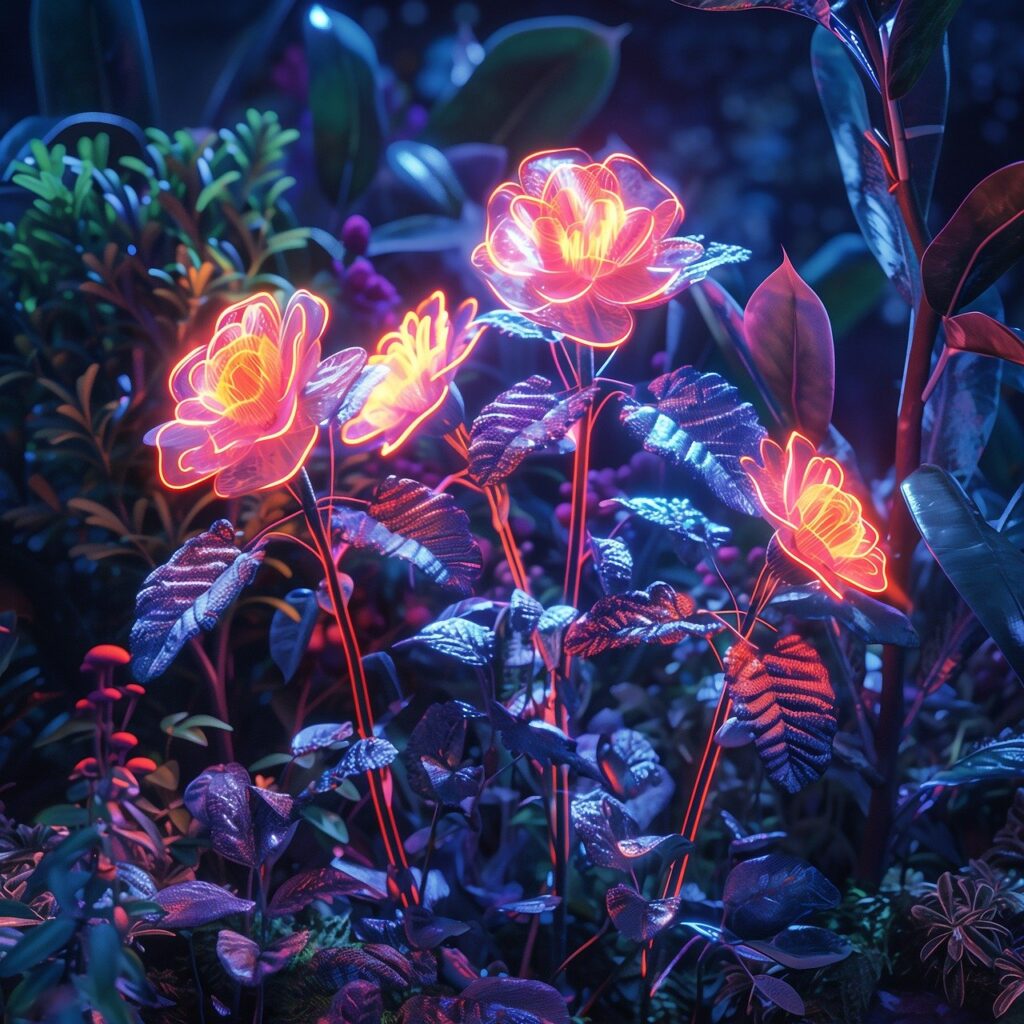
The 20th Century and Modern Illumination Art
Art Nouveau and Art Deco Influence
In the early 20th century, the Art Nouveau and Art Deco movements had a significant influence on the design and aesthetics of illumination art. Art Nouveau embraced flowing lines, organic forms, and decorative motifs inspired by nature, resulting in illuminated manuscripts that were characterized by sinuous curves and intricate floral patterns.
Art Deco, on the other hand, favored geometric shapes, bold colors, and streamlined designs. Illuminated manuscripts created during this period often incorporated Art Deco motifs, such as stylized animals, geometric patterns, and sleek typography.
Revival of Traditional Techniques
Amidst the changing artistic landscape of the 20th century, there was also a revival of interest in traditional illumination techniques. Artists and craftsmen sought to preserve and revive the artistry and craftsmanship associated with illuminated manuscripts, leading to a resurgence in the creation of handcrafted illuminated works.
Artists studied historical manuscripts, honing their calligraphic skills and learning traditional techniques such as gilding, pigment preparation, and ornamental design. These efforts not only preserved the knowledge and techniques of the past but also pushed the boundaries of illumination art, incorporating new ideas and contemporary themes.
Contemporary Illumination Artists
In recent years, there has been a renewed interest in illumination art, with contemporary artists pushing the boundaries of this ancient artform. Artists are experimenting with new materials, such as digital tablets and light-emitting diodes (LEDs), to create illuminated artworks that merge traditional techniques with modern technology.
Contemporary illumination artists are also exploring new subjects and themes, moving beyond religious texts and traditional motifs. They are using illumination art as a means of self-expression, incorporating personal narratives, social commentary, and exploration of identity into their works.
Exploring Different Techniques and Materials
Pigments and Dyes
Throughout history, pigments and dyes have played a crucial role in the creation of illuminated manuscripts. Traditional pigments were made from natural materials, such as minerals, plants, and even insects. These pigments were ground into a fine powder and mixed with a binding medium, such as egg yolk or gum arabic, to create a paintable material.
The range of colors available to medieval illuminators was limited compared to today’s vast array of synthetic pigments. Popular colors included vermilion (red), ultramarine (blue), and malachite (green). Gold leaf and silver leaf were also commonly used to add a touch of opulence to illuminated manuscripts.
Gilding Techniques
Gilding is the process of applying a thin layer of gold or silver to a surface. In illumination art, gilding was used to highlight important initials, borders, and decorative elements. Gilding added a sense of grandeur and richness to the manuscripts, as the precious metals caught and reflected the light.
One common technique used in gilding is known as burnishing. Burnishing involves rubbing a polished stone or metal tool over the surface of the gold leaf to create a smooth, lustrous finish. Another technique, known as tooling, involves using a heated tool to impress decorative patterns onto the gilded surface.
Illumination on Vellum and Parchment
Traditional illuminated manuscripts were often created on vellum or parchment – materials made from animal skins. Vellum, usually made from calfskin, was prized for its smooth surface and ability to hold ink and pigments well. Parchment, made from sheep or goat skin, was more readily available and less expensive.
Creating illuminated manuscripts on vellum or parchment required considerable skill and care, as mistakes were difficult to correct. The surface had to be carefully prepared and smoothed before any painting or calligraphy could take place. Over time, vellum and parchment have proven to be durable materials, enabling many illuminated manuscripts to survive to this day.
Contemporary Digital Techniques
In the modern digital age, illumination art has also found its place. Digital tools and software allow artists to recreate the aesthetic of illuminated manuscripts using virtual brushes, pigments, and textures. By combining digital techniques with traditional design principles, artists can create stunning illuminated artworks with ease and precision.
Digital illumination art offers artists the ability to experiment with different colors, patterns, and compositions without the limitations of traditional materials. It also allows for easier sharing and distribution of illuminated works, making them accessible to a wider audience.
Themes and Subjects in Illumination Art
Religious and Devotional Illumination
Religion has been a central theme in illumination art throughout history. Religious texts, such as the Bible, Quran, and Bhagavad Gita, have been beautifully illuminated to enhance the spiritual experience of reading and understanding these sacred texts.
Illuminated manuscripts often depicted scenes from religious stories, such as the life of Christ or the stories of the prophets. These illustrations served as visual aids, helping the reader connect with the text and deepen their understanding of the religious narratives.
Nature and Botanical Motifs
Nature has long been a source of inspiration in illumination art. From delicate flowers and leaves to intricate representations of animals and birds, natural motifs have found their way into illuminated manuscripts across cultures and time periods.
Botanical motifs and depictions of nature symbolize life, growth, and the cyclical nature of existence. They bring a sense of beauty, harmony, and connection to the natural world into the pages of illuminated manuscripts.
Historical and Mythological Stories
The pages of illuminated manuscripts often come alive with scenes from historical events and mythological stories. From ancient battles to heroic legends, illuminated manuscripts have captured the imagination and brought these stories to life for centuries.
Artists skillfully narrated these stories through their illustrations, using composition, color, and symbolism to convey the emotions and themes of the tales. Historical and mythological illuminations allow readers to engage with the past and immerse themselves in the rich tapestry of human stories.
Calligraphy and Textual Illumination
The art of calligraphy, or beautiful handwriting, has been an essential component of illumination art. Scribes and calligraphers meticulously penned the texts in illuminated manuscripts, ensuring that each letter was carefully crafted and visually pleasing.
Textual illumination refers to the embellishment and decoration of the text itself. This could involve the use of intricate initials, decorative borders, or the incorporation of ornamental flourishes. Textual illumination added visual interest and enhanced the readability of the text, making it a central element of illumination art.
The Global Impact of Illumination Art
Illumination Art in East Asia
While Western illumination art developed its unique style and characteristics, East Asia also had its own rich tradition of illuminated manuscripts. In China, Japan, and Korea, illuminated manuscripts were highly prized and played an important role in religious ceremonies, scholarly pursuits, and artistic expressions.
Chinese illuminated manuscripts often featured calligraphic scripts and symbolic motifs from Daoism, Buddhism, or Confucianism. Japanese illuminated manuscripts, known as “emaki,” included narrative scrolls with illustrations and texts that depicted historical events, myths, or tales of heroic figures. Korean illuminated manuscripts, influenced by both Chinese and Japanese styles, showcased beautiful calligraphy and elegant page layouts.
Influence of Illumination on Bookbinding
The art of illumination not only influenced the content and aesthetics of manuscripts but also had a profound impact on the field of bookbinding. Illuminated manuscripts required skilled craftsmen to create ornate bindings that protected and enhanced the beauty of the pages within.
Bookbinders experimented with different techniques, materials, and designs to create bindings that complemented the illuminated manuscripts. They incorporated techniques such as blind embossing, gold tooling, and inlays to create bindings that were intricately decorated and visually striking.
Illumination Art in the Digital Age
In the digital age, illumination art has undergone a transformation as artists and designers have embraced technology to create new and innovative forms of illuminated artwork. Digital tools and software offer endless possibilities for creating illuminated designs, allowing artists to experiment with colors, patterns, and compositions.
The rise of digital platforms and social media has also provided a platform for illumination artists to showcase their work to a global audience. Online galleries, websites, and social media platforms enable artists to share their illuminated artworks, connect with other artists and enthusiasts, and find new opportunities for collaboration and exposure.
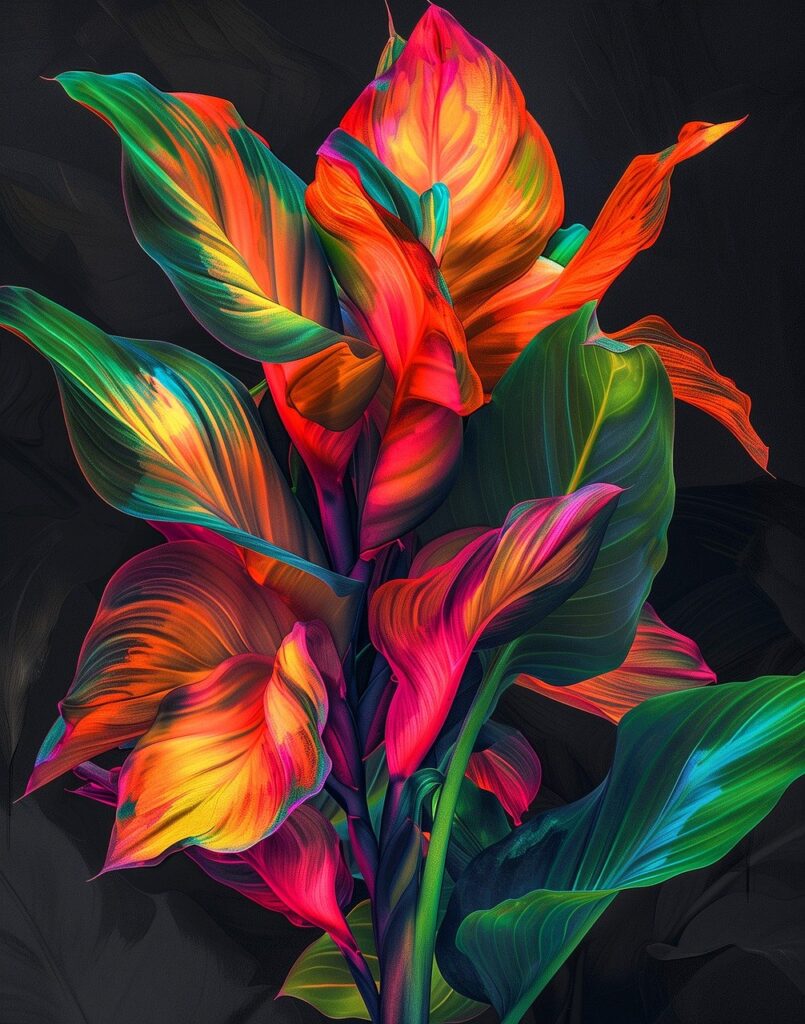
Preservation and Conservation of Illuminated Manuscripts
Challenges of Age and Deterioration
Illuminated manuscripts, with their delicate materials and intricate designs, are susceptible to the ravages of time. The natural aging process and environmental factors, such as light, humidity, and pests, can cause significant damage to these precious artifacts.
Pages may become brittle and fragile, pigments may fade or deteriorate, and bindings may degrade over time. The challenge of preserving and conserving illuminated manuscripts lies in balancing the need to protect and maintain these fragile artifacts while also ensuring their accessibility and study by future generations.
Restoration Techniques
Restoration techniques play a vital role in preserving the beauty and integrity of illuminated manuscripts. Restorers employ a variety of methods to repair and conserve damaged manuscripts, including cleaning, stabilization, and consolidation of pages and bindings.
Conservators carefully remove dirt, grime, and pollutants from the surfaces of the manuscripts, using specialized tools and techniques to ensure minimal impact on the original artwork. They may also repair tears, mend damaged pages, and stabilize loose or detached elements. The goal of restoration is to preserve the historical and artistic value of the manuscripts while retaining their authenticity and integrity.
Digitization for Accessibility
Digitization has revolutionized the accessibility and study of illuminated manuscripts. By capturing high-resolution digital images of the manuscripts, scholars, researchers, and enthusiasts can explore these works of art from anywhere in the world.
Digital platforms and databases allow for the cataloging, analysis, and comparison of illuminated manuscripts. Scholars can zoom in on minute details, study the properties of pigments, and analyze the construction of decorated initials. Digitization also ensures the preservation of the manuscripts in a digital format, safeguarding them against further deterioration.
The Future of Illumination Art
Innovation in Techniques and Materials
As illumination art continues to evolve, artists and craftspeople are constantly exploring new techniques and materials to push the boundaries of this ancient artform. Advances in technology and the availability of new tools and materials offer exciting opportunities for innovation and experimentation.
Artists are combining traditional illumination techniques with contemporary methods, such as 3D printing, laser cutting, and projection mapping, to create illuminated artworks that challenge traditional notions of what illumination art can be. By embracing new techniques and materials while respecting the integrity of the craft, the future of illumination art holds great promise.
Exploring Collaborations with Other Art Forms
Illumination art lends itself well to collaboration with other art forms. Artists are increasingly exploring interdisciplinary collaborations, partnering with musicians, poets, sculptors, and other artists to create immersive, multisensory experiences.
By combining the visual beauty of illumination art with the auditory richness of music, the lyrical elegance of poetry, or the tactile nature of sculpture, artists can create unique and captivating works that engage and inspire audiences on multiple levels. These collaborations blur the boundaries between different art forms, resulting in a richer and more integrated artistic experience.
Incorporation of Illumination in Digital Media
The digital age has opened up new possibilities for incorporating illumination art into digital media. Artists are exploring ways to integrate illuminated elements into digital books, websites, animations, and interactive installations, bringing the beauty and allure of illumination to a wider audience.
Through the use of animated graphics, interactive effects, and dynamic lighting, artists can create immersive digital experiences that pay homage to the aesthetic traditions of illumination art. By embracing digital technologies and finding innovative ways to merge traditional techniques with modern media, illumination art can continue to evolve and thrive in the digital realm.
In conclusion, the evolution of illumination art over the centuries is a testament to the enduring appeal and artistic craftsmanship of this ancient art form. From the ancient Egyptians and early Christian monasteries to the vibrant Renaissance period and the modern digital age, illumination art has adapted, transformed, and inspired generations of artists and viewers. With its rich heritage, diverse themes, and ever-evolving techniques, illumination art continues to captivate, inspire, and illuminate the world.
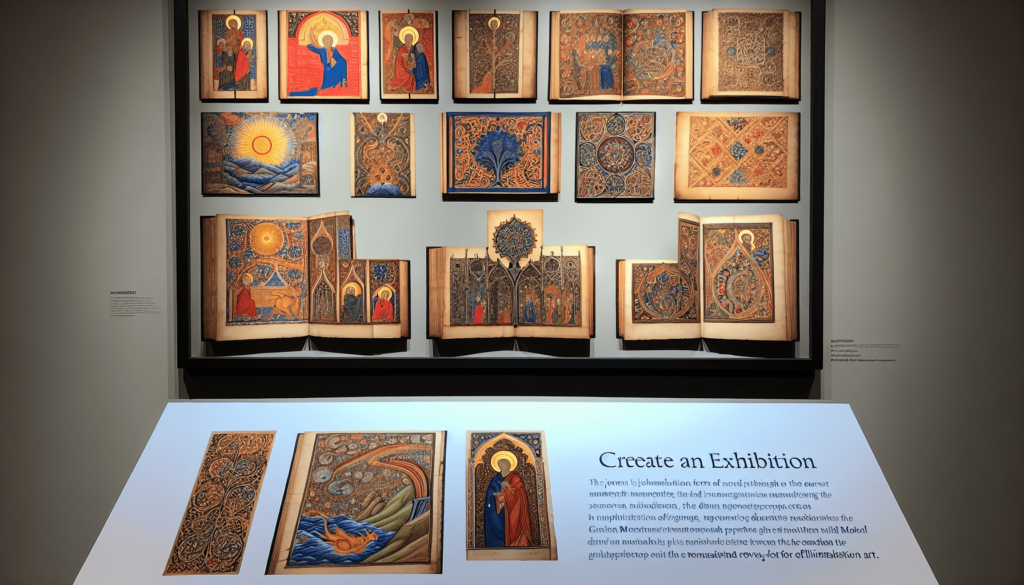
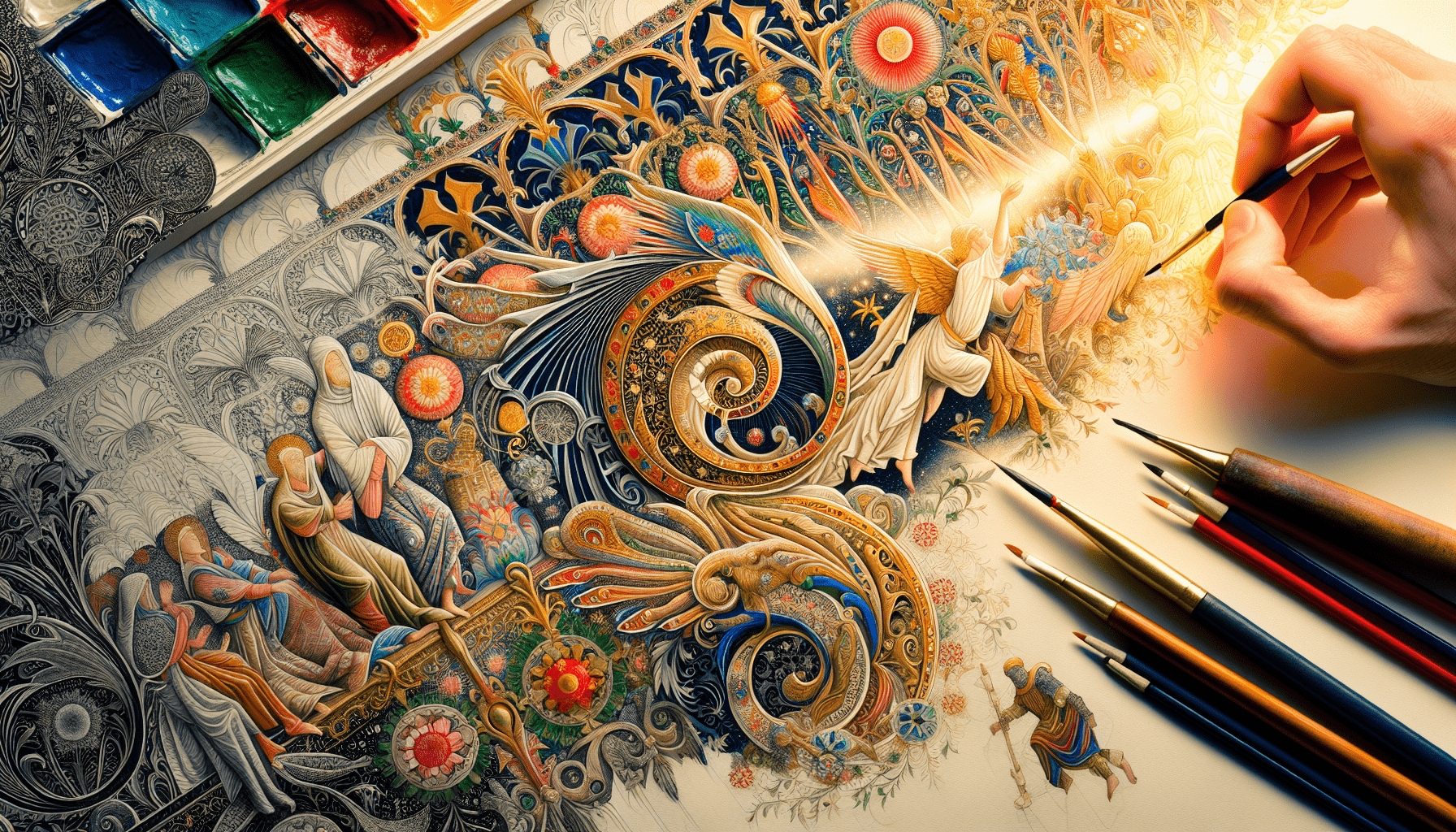
Leave a Reply